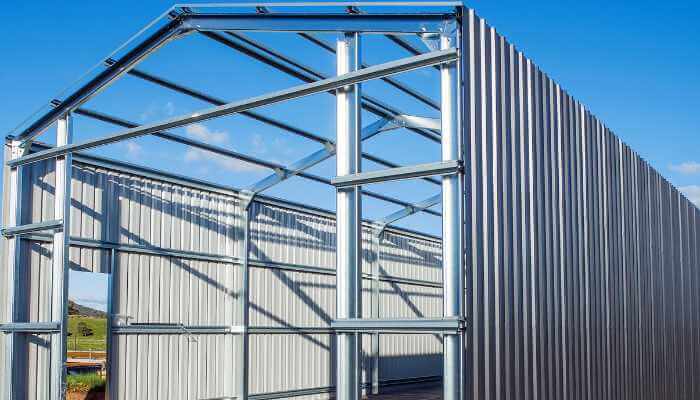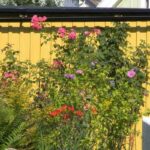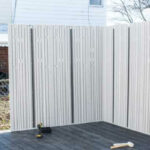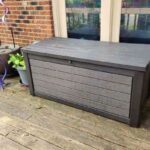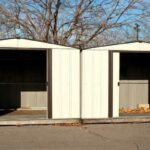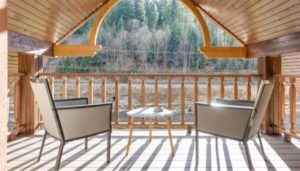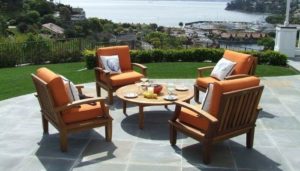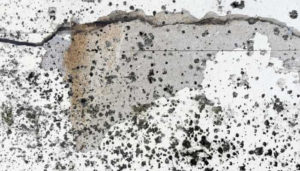Metal sheds get hot because they are excellent conductors of heat and therefore absorb heat from the sun. The inside of an enclosed metal shed can get dangerously hot in the summer.
Why Do Metal Sheds Get Hot?
Metal is a good conductor of heat and will transfer heat from one part of the shed to another. This means the shed will absorb heat like a sponge. So if you live in an area with extreme temperature swings between winter and summer, you could find yourself with a hot metal shed one season and a nice warmer interior on sunny days in winter.
What Are Some Problems Heat Can Cause for My Shed?
The problem is that most people need to realize how hot it gets inside their sheds during the summer months. Metal sheds are not insulated like your house is.
Structural Integrity Can Be Lost Due to Heat
So when you put something in a metal shed made of wood or plastic and then leave it there for any length of time, the heat from the sun will cause those materials to dry out. If you put something that’s already been dried out, like wood, in there for too long, it will warp or even crack. Keep in mind many sheds have wood and plastic parts. Warped or cracked wood can make it harder to open and close doors.
The sun’s heat causes the metal of your metal shed to expand and contract, which weakens it against rust. To discourage rust, you want to be sure it’s painted. Aesthetically speaking, the paint on the outside of your shed will fade faster than usual because of the heat. The fading can make it look old and worn out. Therefore, be sure to choose a paint made for metal that is well-known for withstanding heat.
Heat Mixed with Moisture Can Cause Mold and Mildew Growth
When heat and moisture combine, mold spores can’t help but grow. You need to be on the lookout for these factors to prevent mold and mildew in your metal shed.
Watch for any signs of mold or mildew, which can cause respiratory problems if inhaled by humans or animals. If you spend a lot of time in a metal shed working or moving things around, you can literally be the source of the mold and mildew. The heat from your body and the humidity you create can lead to mold and mildew growth.
We’ve had old pictures ruined in a shed where mold and mildew got to them. But most of the time, you can imagine that a leak can lead to this issue, or a wet ground beneath the shed can do this. Therefore anything you’ve stored in that shed can wind up with mold and mildew.
So how do you stop mold and mildew from ruining everything? If possible, ensure that you have proper ventilation by installing vents on all sides of the shed. This will let in the fresh air and help to keep your belongings dry.
You should also make sure that you don’t store items that are likely to attract mold or mildew, such as cardboard boxes and newspapers. You should also be careful about storing items that are too damp, such as towels or blankets, as these can become breeding grounds for mold and mildew if they get wet.
Pests, Like Termites and Rodents, Are Drawn to Warm Shelters
Because they are attracted to warmth, the heat of a metal shed leads to pests like termites and rodents. The warmer it is inside, the more likely pests will try to get in. Stored items can rot, and that attracts insects. So be prepared to treat your shed for pests, not just your house. And try to get the temperature regulated as well as you can.
What Are Some Things I Can Do About the Heat?
Many metal buildings I’ve been in have no insulation at all, so think about adding some if heat is an issue. But I also wanted to mention other things.
Ensure that you have proper ventilation by installing vents on all sides of the shed. These will allow air to flow through your shed, helping it stay cool in the sun. The vents help to circulate the warm air in the building and out into the cooler air outside, which helps to keep your structure cool. It also keeps the air from becoming too moist. It’s much less expensive than my next suggestion.
If you have an air conditioner, running that AC in your shed might be worth considering when the heat gets extreme. This will help keep things cool enough inside so that high temperatures don’t damage items or parts of the shed itself. You can also use weatherstripping around doors and windows and insulation on the walls. These will all help keep heat out of your shed and cool air from the AC unit inside.
